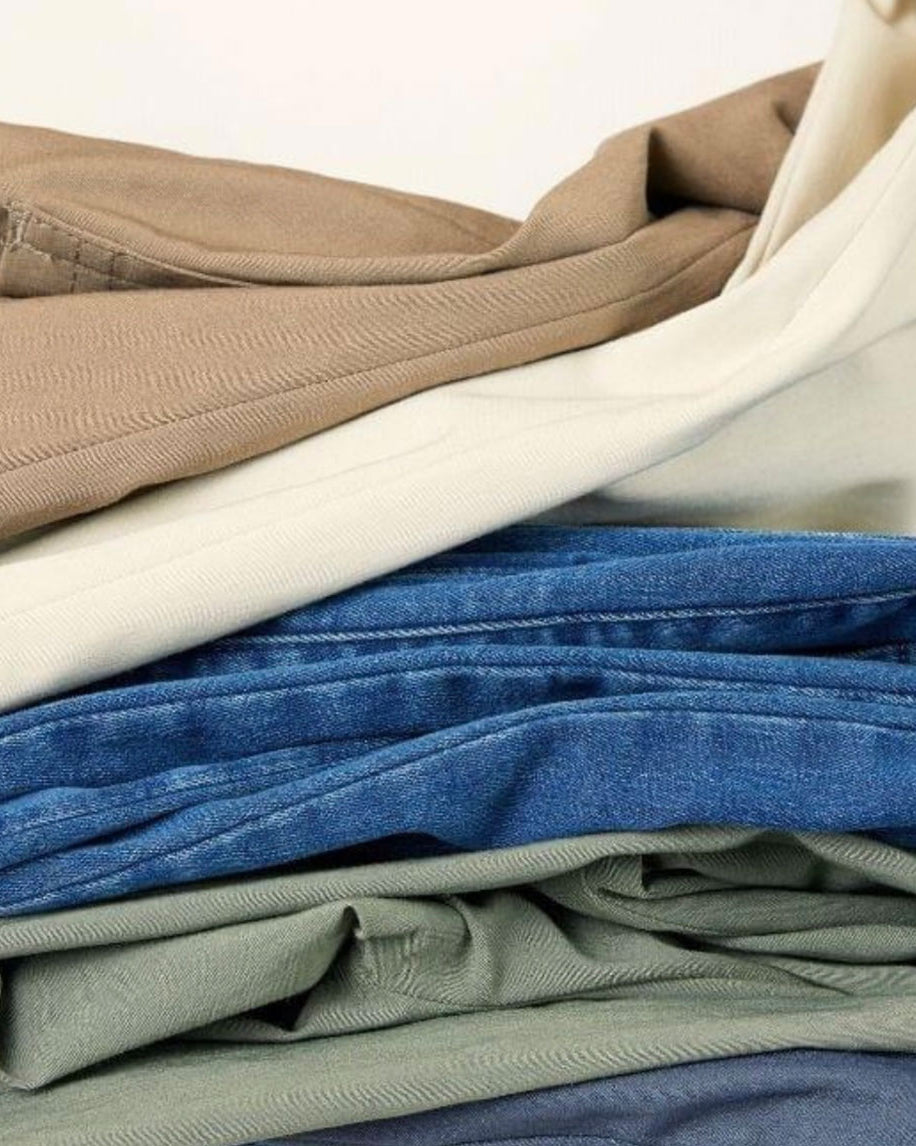Understanding Your Body Shape
Different Body Shapes and How to Identify Yours
Before diving into dress shopping, it's essential to understand your body shape. Common body shapes include pear, apple, hourglass, rectangle, and inverted triangle. Identifying your shape helps in selecting a dress that accentuates your best features.
- Pear Shape: Narrow shoulders and wider hips.
- Apple Shape: Broader upper body with slimmer legs.
- Hourglass Shape: Balanced bust and hips with a defined waist.
- Rectangle Shape: Similar width in shoulders, waist, and hips.
- Inverted Triangle: Broad shoulders with narrower hips.
Why Body Shape Matters When Choosing a Dress
Choosing a dress that complements your body shape ensures a more flattering fit. The right dress will highlight your best features while providing balance and proportion.
Fabric Choices That Flatter Your Figure
Light vs. Heavy Fabrics: What Works for Your Body Type
Fabrics can either enhance or detract from your figure. Light fabrics like chiffon and silk can create a flowy, elegant look, while heavier fabrics like velvet or brocade provide structure. For example, apple-shaped figures benefit from structured fabrics that offer support, while pear-shaped figures look great in light, flowing materials.
Importance of Fabric Draping and Movement
The way a fabric drapes over your body is crucial. A well-draped fabric can create a slimming effect, while stiff fabrics may add bulk. Consider how the fabric moves as you walk or sit to ensure comfort throughout the wedding day.
Dress Styles That Complement Different Body Shapes
A-Line Dresses: A Universal Flatterer
A-line dresses are a classic choice for many body types, particularly pear-shaped and apple-shaped figures. The dress flares out from the waist, skimming over hips and thighs, creating a balanced silhouette.
Empire Waist Dresses: Enhancing the Upper Body
An empire waist dress has a high waistline just below the bust, which elongates the body. This style is perfect for rectangular and inverted triangle shapes as it draws attention to the upper body while creating a flowing, comfortable fit below.
Fit-and-Flare Dresses: Highlighting the Waistline
Fit-and-flare dresses are ideal for hourglass and pear-shaped figures, as they cinch at the waist and flare out at the hips, accentuating the waist while balancing the body proportions.
Necklines That Work for You
V-Neck vs. Scoop Neck: Which Suits Your Shape
A V-neck is universally flattering as it elongates the neck and draws attention to the face. A scoop neck can work well for smaller busts, as it adds a subtle curve to the upper body.
Off-Shoulder and Strapless Options
Off-shoulder and strapless dresses can highlight your shoulders and neckline. These styles work well for inverted triangle and rectangle shapes, as they add volume to the upper body.
Color Choices for Mother of the Groom Dresses
Complementing Your Skin Tone with the Right Color
Choosing a color that complements your skin tone is crucial. Warmer skin tones look great in earth tones like gold, brown, and warm reds, while cooler skin tones shine in jewel tones like sapphire, emerald, and cool grays.
Coordinating with Wedding Colors Without Overpowering
While it’s important to complement the wedding’s color scheme, avoid overpowering it. Subtle, elegant tones like soft pastels or metallic hues can coordinate without drawing too much attention.
Accessorizing Your Outfit
Jewelry Options to Enhance Your Look
When accessorizing, less is more. Choose pieces that complement your dress without overshadowing it. Delicate necklaces, understated earrings, and simple bracelets can add just the right touch of elegance.
Choosing the Right Footwear for Comfort and Style
Comfort is key, especially if you’ll be on your feet for most of the day. Opt for stylish yet comfortable shoes with a mid-height heel or flats that complement your dress and allow you to enjoy the celebration without discomfort.
Common Mistakes to Avoid When Shopping for a Dress
Ignoring Comfort for the Sake of Fashion
It’s easy to get caught up in choosing the most stylish option, but remember that comfort is just as important. A beautiful dress that doesn’t allow you to move or sit comfortably can ruin your experience.
Choosing the Wrong Dress Length
The length of your dress should be appropriate for the event. Too long, and you risk tripping; too short, and it may not fit the occasion. Knee-length or tea-length dresses are often a safe and elegant choice.
Where to Shop for Mother of the Groom Dresses
Online vs. In-Store Shopping: Pros and Cons
Online shopping offers convenience and a wide selection, but you miss out on trying dresses in person. In-store shopping provides the advantage of seeing how the dress fits and feels, but the selection may be limited.
Alterations and Tailoring: Making the Dress Fit Perfectly
Importance of Proper Fit and Professional Alterations
Even the most beautiful dress can look unflattering if it doesn’t fit properly. Tailoring ensures that the dress hugs your body in all the right places, giving you a polished and put-together look.
Adjusting Length, Sleeves, and Waistlines
Common alterations include adjusting the hemline, modifying sleeves, and taking in the waist. Working with a professional tailor ensures that these adjustments enhance the overall fit of the dress.
FAQs about Mother of the Groom Dresses
- What Colour Should the Mother of the Groom Wear? Traditionally, mothers of the groom avoid wearing white or anything too similar to the bride’s gown. However, soft neutrals, pastels, and jewel tones are popular choices.
- Can the Mother of the Groom Wear a Long Dress? Yes, a long dress is a classic choice for formal or semi-formal weddings. Ensure the dress complements the wedding theme and doesn’t overshadow the bride.
- Should the Dress Match the Bridal Party? While it’s not necessary to match the bridal party, coordinating with the wedding colours is a thoughtful touch.
- How Far in Advance Should I Buy My Dress? It’s a good idea to start shopping for your dress at least six months before the wedding to allow time for alterations.
- Can I Wear Black or White to the Wedding? While it’s traditionally frowned upon to wear white (to avoid clashing with the bride), black is becoming more acceptable for formal weddings.
- How Do I Stay Comfortable All Day in the Dress? Choose a dress with breathable fabric and a comfortable fit. Pair it with comfortable shoes and consider layering with a shawl or jacket for added comfort.













































